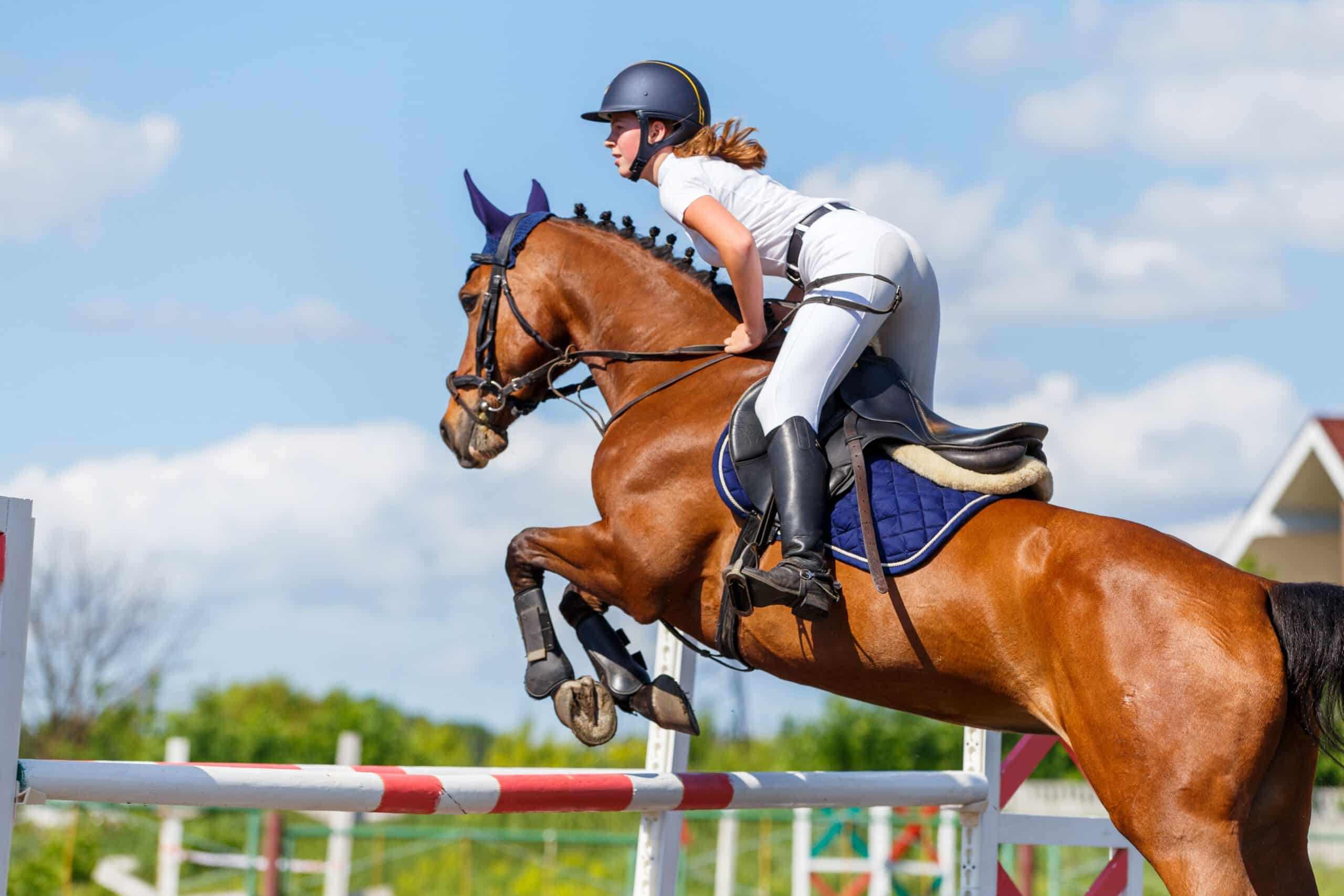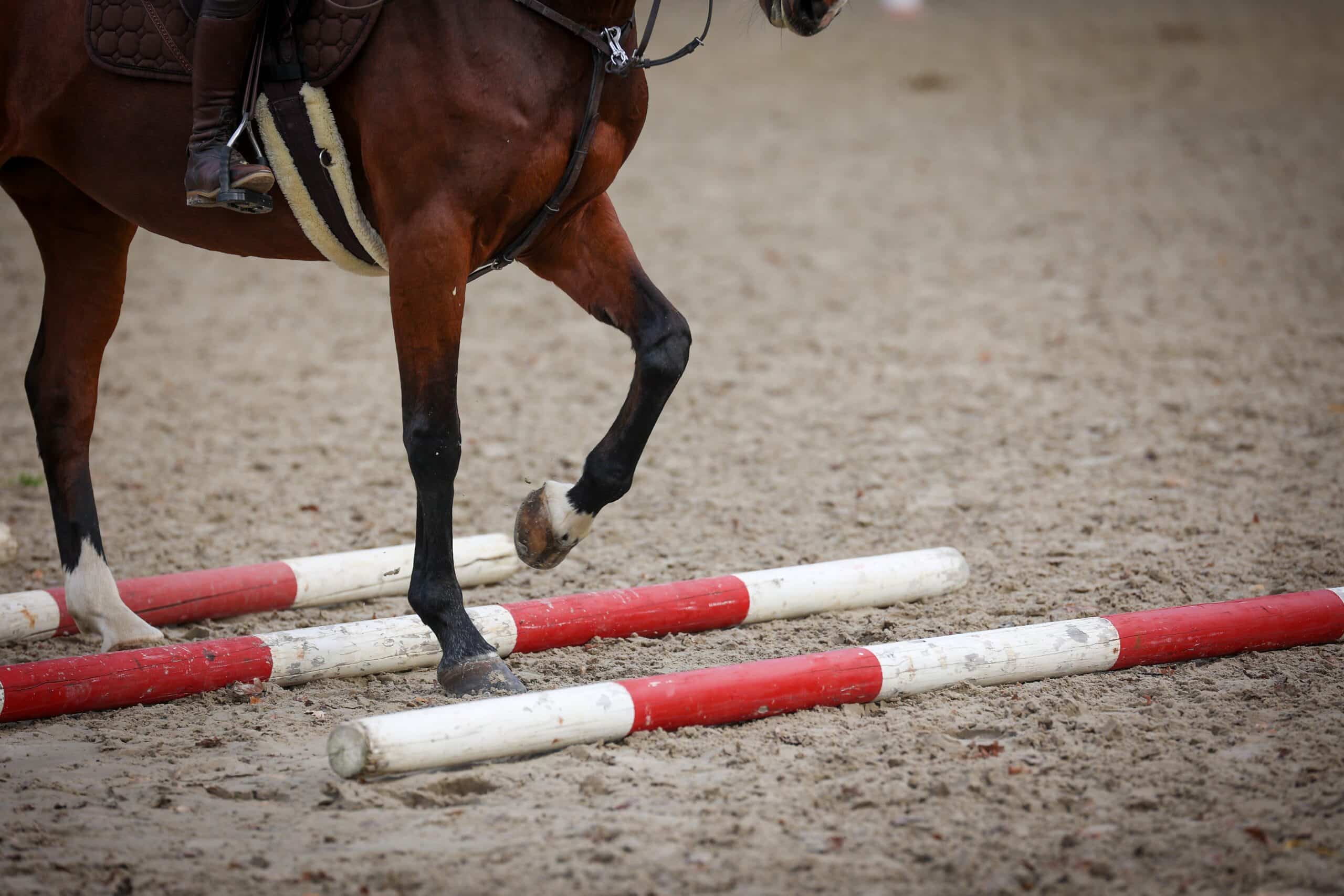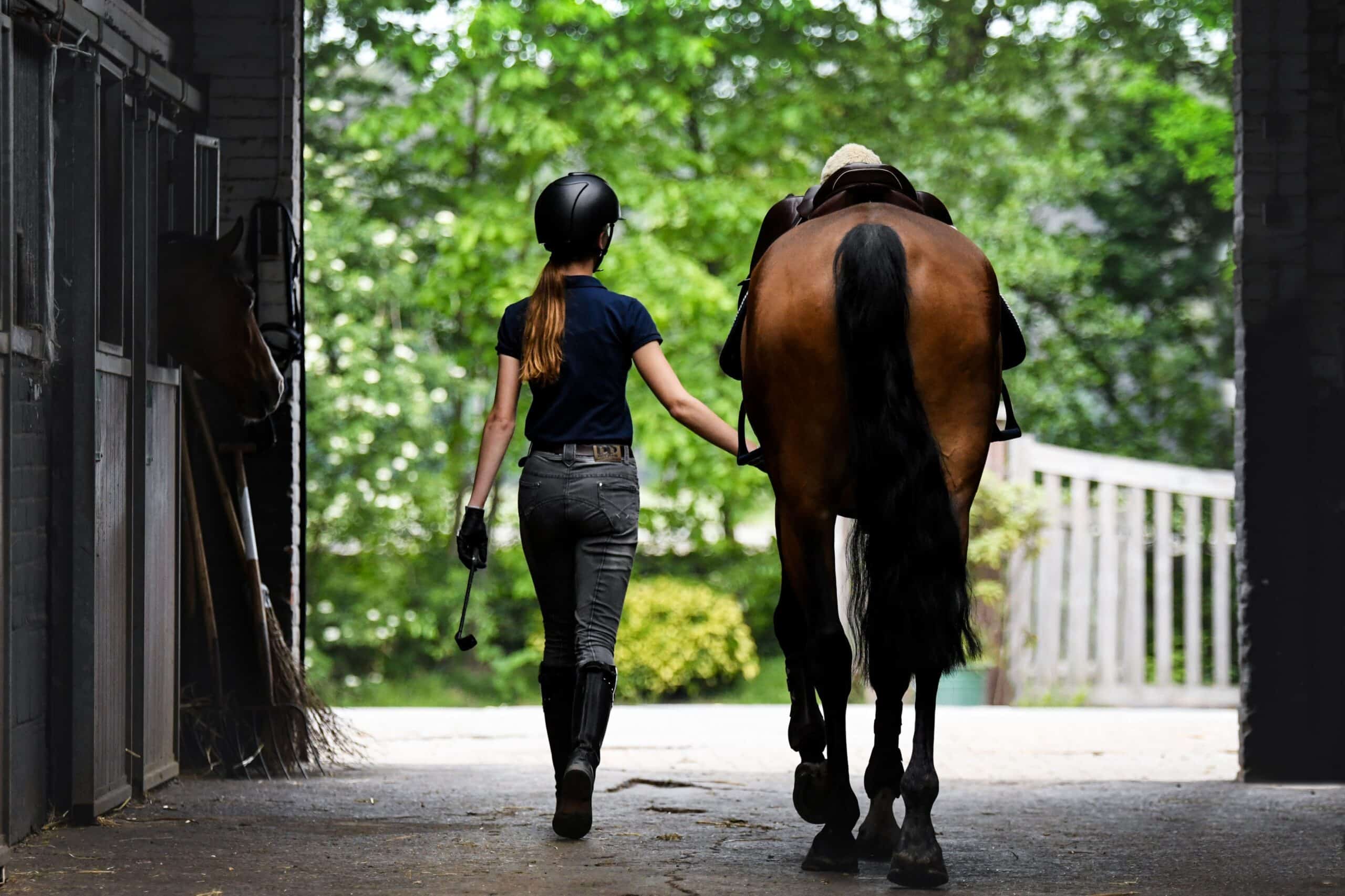Finding the ideal equine partner for the jumping arena is a demanding task. Those looking for hunter jumper horses for sale know that it takes a horse with strength, technique, and the right mentality to succeed. But what truly defines an outstanding show jumping horse? Which factors are crucial for long-term success and a harmonious partnership? Every rider knows the moment when horse and rider become one—when the jumps feel effortless, the rhythm is flawless, and mutual trust is palpable. However, reaching this level takes time, patience, and the right horse. From the first trial ride to daily training and competition performances, every detail matters. Choosing the wrong horse can hinder progress and even increase the risk of injury for both horse and rider. This article explores what makes a horse truly suited for jumping, the key attributes to look for, and how to structure training for optimal performance.
Equestrian Sports as a High-Performance Discipline
Show jumping is one of the most demanding sports—both physically and mentally. It’s not enough for a horse to simply jump high and clear obstacles with elegance. Equally important is the synchronization with the rider, the ability to react swiftly, and the mental focus required to navigate a course.
A competition course consists of technically challenging obstacles that test both power and agility. Riders must make split-second decisions: How do I best prepare my horse for the next jump? Do I need to adjust the rhythm? How much forward momentum is needed to cover the distance? Simultaneously, the horse must understand the rider’s subtle aids, maintain balance, and approach the jumps with confidence.
The physical strain is immense: Horses need a strong back, powerful hindquarters, and healthy joints to perform safely. Likewise, riders must be in peak physical condition—only those with a stable core, quick reflexes, and endurance can fully support their horse.
Simply put, show jumping is a sport that places high demands on both partners. This makes finding a horse that meets these requirements all the more critical.
The Key Characteristics of a Top Show Jumping Horse
Not every horse is suited for show jumping. A top-tier jumping horse must possess a combination of excellent conformation, powerful musculature, a sharp mind, and natural jumping ability. But what specific traits should be prioritized?
- Conformation
A horse’s anatomy plays a decisive role in its ability to succeed in the jumping arena. The ideal show jumper should exhibit the following:
- Strong hindquarters: Power for the jump comes primarily from the hind end. Well-developed muscles and elastic tendons are essential for an explosive takeoff.
- A well-proportioned neck: A balanced neck helps the horse adjust its posture over jumps and navigate turns with agility.
- A short, strong back: An overly long back can make it difficult for the horse to collect itself and execute tight turns efficiently.
- Movement and Stride
Clearing obstacles is just one part of the challenge—a show jumper also needs to navigate the course smoothly and efficiently. A fluid, ground-covering canter with active hind legs generates the power for an explosive takeoff and helps the horse quickly regain rhythm after landing.
- Temperament & Intelligence
A good jumping horse needs to be brave, determined, and willing to collaborate with its rider. Some horses naturally judge distances well, while others struggle with confidence despite extensive training. A smart, mentally resilient horse is invaluable in competition.
Finding the Perfect Sport Partner: What to Consider When Buying
Hunter jumper horses for sale need skill, temperament, and athleticism. Purchasing a show jumping horse is a long-term investment, and a well-thought-out selection process can prevent numerous problems down the line. Here are some crucial aspects to evaluate before making a decision:
- Veterinary Check: A comprehensive health examination, including X-rays, is non-negotiable. Hidden health issues can lead to performance declines or injuries later.
- Experience & Training Level: A horse with a solid foundation in training is often a better choice than an untrained youngster—especially for riders without extensive competitive experience.
- Trial Rides: The horse should be tested under different conditions—indoors, outdoors, and over various jumps. Only through hands-on experience can one assess its true potential.
- Temperament Assessment: Is the horse cooperative and willing to work with the rider? Is it attentive but not overly nervous? A balanced mentality often outweighs raw jumping talent.
- Long-Term Fit: Will this horse still be suitable as the rider progresses in skill over the next few years?
Training & Management: Keeping a Horse Fit for the Show Ring
Owning a talented horse is only the first step—consistent training and proper care are crucial to maintaining performance and well-being. The most important factors include:
- Diverse Training: Jumping exercises should be combined with dressage, groundwork, and cross-training to ensure flexibility and mental freshness.
- Rest and Recovery: Just like human athletes, horses need time to recover. Regular breaks, massages, and physiotherapy help prevent injuries and stiffness.
- Balanced Nutrition: High-quality feed tailored to the horse’s specific needs supports endurance, muscle development, and overall health.
Harmony as the Key to Success
A strong show jumping horse requires more than just physical ability—it must also have the right attitude. Trust, consistency, and patience are the foundation of a successful partnership. Finding the right horse, training it strategically, and treating it with respect will lead to success in the long run.
Ultimately, a horse’s talent alone does not determine victory. The connection between horse and rider is what truly makes the difference. Those who build a partnership based on trust and mutual understanding can achieve extraordinary things in the jumping arena.
Photo credit: Luckyshots, skumer, RD-Fotografie/ Adobe Stock

